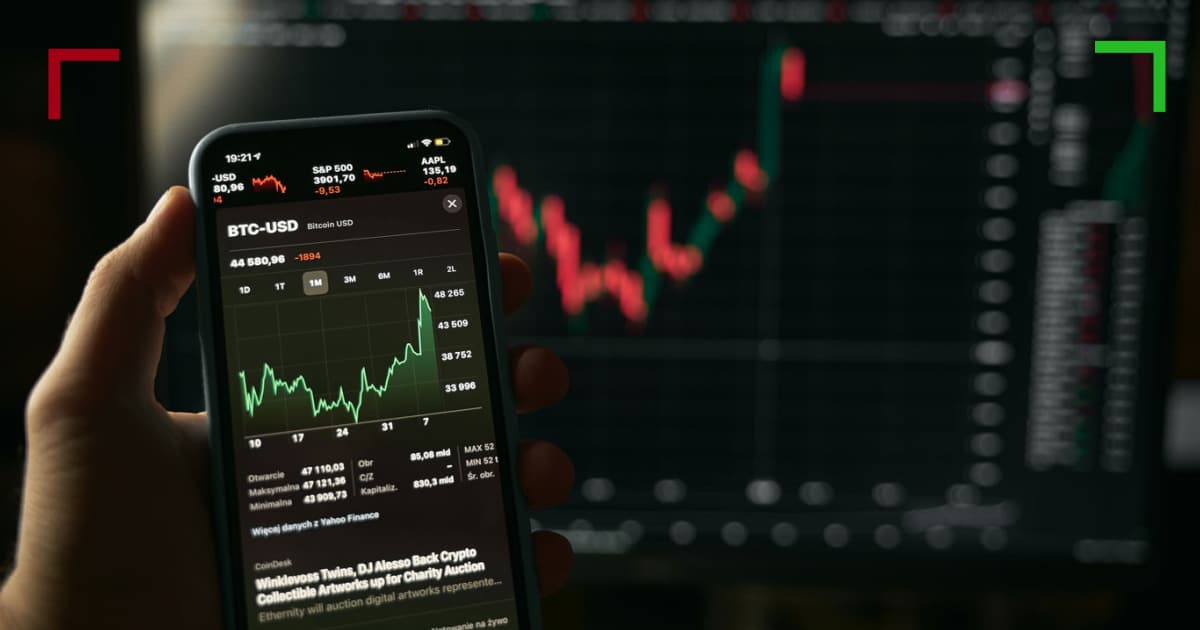
Crypto Trading High-Frequency: A New Era of Speed and Precision
The cryptocurrency market has seen a dramatic transformation over the past decade. Among the most groundbreaking changes is the emergence of high-frequency trading (HFT) within crypto markets. High-frequency trading leverages advanced algorithms and technology to execute thousands of orders at incredibly high speeds. Crypto Trading High-Frequency click here to learn more about how automation can speed up trading strategies and enhance efficiency in this volatile market.
Understanding High-Frequency Trading
High-frequency trading refers to the execution of a large number of orders at extremely high speeds, often within milliseconds. This form of trading relies on complex algorithms to analyze market trends and execute trades based on pre-determined parameters. HFT strategies are typically based on statistical arbitrage, market making, and liquidity provisioning. This creates a framework where traders can capitalize on small price discrepancies, significantly increasing trading volume and potential profits.
Advantages of Crypto Trading High-Frequency

The benefits of high-frequency trading in the cryptocurrency market are manifold. Firstly, the speed of execution allows traders to react almost instantaneously to market fluctuations, which is crucial in an asset class known for its volatility. Here are some of the key advantages:
- Increased Liquidity: HFT helps improve market liquidity, enabling smoother transactions and reducing the bid-ask spread.
- Minimal Risk Exposure: Due to the rapid turnover of trades, HFT reduces the risk associated with holding assets over longer periods.
- Data Insights: HFT provides valuable market data, which can enhance future trading strategies and decision-making.
- Arbitrage Opportunities: HFT allows traders to exploit price differences across various exchanges before the market corrects itself.
Challenges in High-Frequency Trading
Despite its potential, high-frequency trading in the cryptocurrency space also comes with inherent challenges. The very factors that make HFT attractive can also lead to substantial risks. Some of the notable challenges include:
- Market Volatility: Cryptocurrency markets are notoriously volatile, which can lead to unexpected losses within fractions of a second.
- Technical Issues: The reliance on technology means that system outages or latency issues can severely impact trading performance.
- Regulatory Concerns: As HFT in crypto continues to grow, so does scrutiny from regulatory bodies, leading to uncertainty for traders.
- Competition: In an environment where many traders utilize HFT, standing out and achieving favorable outcomes can become increasingly difficult.
Key Technologies Behind HFT
The backbone of high-frequency trading lies within advanced technological infrastructure. Key elements include:

- Algorithmic Trading Bots: These programs facilitate fast decision-making, enabling traders to execute vast numbers of trades at lightning speed.
- Low-latency Networking: A robust and rapid networking system is essential for transmitting orders and positioning traders to react faster than others.
- Artificial Intelligence & Machine Learning: Sophisticated AI algorithms can analyze market trends and patterns, leading to more informed trading strategies.
- Data Analysis Tools: High-frequency traders utilize big data analytics to process massive datasets for informed decision-making.
Strategies Employed in High-Frequency Trading
Various strategies enable traders to take advantage of the speed offered by HFT. Some common strategies include:
- Market Making: This involves providing liquidity by placing buy and sell orders, earning from the spread.
- Statistical Arbitrage: This strategy seeks to exploit pricing inefficiencies between correlated assets.
- Momentum Trading: Traders capitalize on momentum by making quick trades that follow existing market trends.
- Mean Reversion: This strategy bets on asset prices reverting to their mean after significant deviations.
Conclusion: The Future of Crypto Trading High-Frequency
As the cryptocurrency market continues to mature, high-frequency trading will likely play a more pivotal role in shaping market dynamics. With advancements in technology and increasing acceptance of cryptocurrencies, traders need to stay ahead of the curve. It is vital for both individual and institutional traders to cultivate their understanding of HFT, adapt their strategies accordingly, and prepare for the ever-evolving landscape of cryptocurrency trading. The future belongs to traders who can capitalize on speed, technology, and data insights to navigate the fast-paced crypto markets with dexterity and skill.
